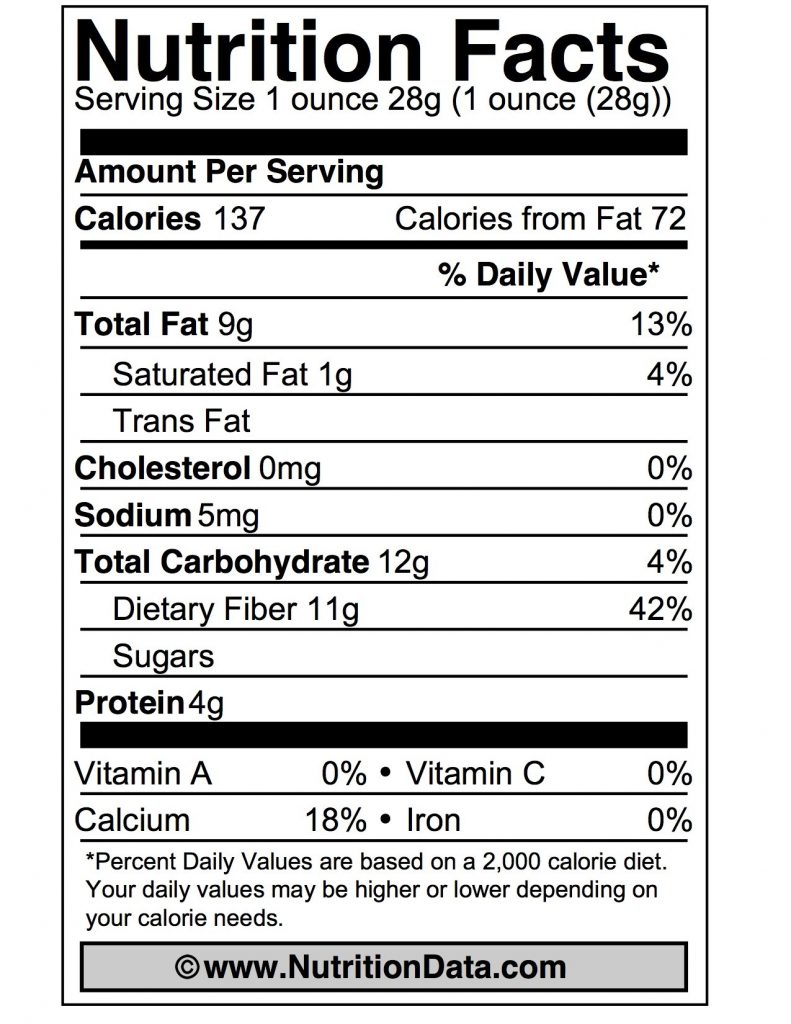
This is a great question and the secret sauce to this whole puzzle. Macros are now the new “buzz word” in the fitness industry and I’m happy to see this trend of people actually giving a shit about more than just counting calories.
The important thing is to track them the right way. Now that you know exactly how many calories you are allowed to eat per week, it is time to drill down to the most granular level of macro-nutrients.
MACRONUTRIENTS: “Macro-nutrients are nutrients that provide calories or energy. Nutrients are substances needed for growth, metabolism, and for other body functions. Since “macro” means large, macro-nutrients are nutrients needed in large amounts.” (Source: http://www.mckinley.illinois.edu/handouts/macronutrients.htm)
MICRONUTRIENTS: “Micro-nutrients are nutrients that our bodies need in smaller amounts, and include vitamins and minerals. Micro-nutrients are not produced in the body and must be derived from the diet.” (Source: http://www.cdc.gov/immpact/micronutrients/)
Every calorie that goes into your body is composed of a combination of 3 macro-nutrients: Protein, Carbohydrates, and Fat. For example, 100grams of skinless chicken breast is comprised of 23gram of protein, 0 grams of carbohydrate, and 1.24 grams of fat. This makes sense cause a chicken breast is basically just a hunk of protein with a little bit of animal fat. On the other hand, a 100grams of white rice is comprised of 2.66grams of protein, 28 grams of carbs, and 0.28 grams of fat. This also makes sense. Rice is just a starchy carb.
So how do you calculate calories if you know the macro-nutrient composition of a certain food? Here is some simple math to guide you. Memorize this: 449. 1 gram of protein = 4 calories. 1 gram of carbohydrates = 4 calories. 1 gram of fat = 9 calories. 449. Now go look on the nutritional information on the back of any food package and try testing this out for yourself. You should come very close to the calories per serving number at the top.

But why are you telling me this? What does this all mean? And most importantly, how does this related to me getting shredded?!?! I know…your head is probably spinning by now. But it is important to take some time and learn the math behind calories and macros. This will make calculating them very easy in the future.
For simplicity’s sake, finding the correct ratio or balance of macro-nutrients is the key to rapid body re-composition.
Now every person’s optimal level will be different but luckily for you, we just need come “close enough”. And to make things EVEN EASIER for you, I’ve already determined the ideal macro-nutrient combination for fat loss.
Q: So as long as it “fits my macros” I can eat whatever I want?
A: Kinda. You will quickly see that Fat is the most caloric dense macro-nutrient out there. So on a rest day, sure you could have 2 slices of Pizza Hut pizza and technically still be within compliance of your total calorie limit on the day, but then you won’t be able to eat anything else. There is a reason that people on fat burning programs (“cuts”) eat natural foods. It’s because they are the lowest in caloric density. You could have 2 large plates of broccoli and only “spend” 100 calories and you’ll probably be decently full afterwards. Be smart and spend your calories wisely.
Macros in Action
Now that I’ve explained to you how it all works, let’s talk about exactly how you will apply this to your program.
- Training days. (3x a week). On these days your macros will be HIGH PROTEIN (45% of kcals) HIGH CARB (40% of kcals), LOW FAT (15% of kcals).
- Rest days (4x a week). Rest day macros are: HIGH PROTEIN (55% of kcals) LOW CARB (20% of kcals), MODERATE FAT (25% of kcals)
Here is an example:
| Macros (in grams) | Carbs | Pro | Fat | Calories |
| Training Days (3x/week) | 241 | 271 | 40 | 2,412 |
| Rest Days (4x/week) | 77 | 211 | 43 | 1,537 |
Macros are a bit counter-intuitive. Most people say things like “I’m on a health kick I shouldn’t eat any fat whatsoever “and “Carbs are bad”. It took me years to finally figure out that your body actually NEEDS carbs and fat. It needs the RIGHT COMBINATION of all three macro nutrients to operate in its highest efficiency.As you can see, Protein is kept HIGH every day. Most people are shocked at how high protein has to be. Don’t worry, no it’s not bad for you. But it does keep your satiated for longer and trust me, after these workouts your muscles are going to need the fuel.
A note of caution, FAT is the most dense macro nutrient at 9 calories per gram. Be careful with this, it creeps up fast.
Tracking macros does get tedious which is why I suggested front loading the work earlier. Figure out the macros of a few different “go to” meals that you don’t mind eating regularly and rinse and repeat for the duration of the course.
There are a couple of mobile aps that help with this tedious process. MyFitnessPal by Under Armour is the best one out there. I don’t use it but feel free to experiment if it helps your process. I use an old school excel spreadsheet to track my macros but since I front loaded the work it takes me less than a minute now to calculate my macros before each meal.
So how exactly do I do this?
To track macros properly, you need to weigh your food. Get yourself a Joseph Joseph scale or any other alternative. Let’s use chicken breast as an example. Let’s say you weight the breast and it weighs in at 100grams. Then all you need to do is Google search “calories in 100g of chicken breast” or go sites such as www.calorieking.com or www.fatsecret.com and get the macro-nutrient breakdown. In this example, 100g of chicken breast is 23g of protein, 0g carb, and 1.24g of fat and it is the equivalent of 110 calories. Which you can double check using the 449 calculation method we learned above. Nice and easy right?
Different sites and aps will have slightly different calorie counts and macros for the same food. Don’t worry about that. Just pick one source and stick to it. The key is consistency and minimizing variables. This will make it easier when we begin modifying and adjusting your program in the future. Intuitively it should make sense because as you burn off the fat and lose body weight, your maintenance calorie level (TDEE) will also drop and as such we will have to reduce the number of calories in your budget over time. But don’t worry about that for now, we’ll discuss that in a later post.
One final note, when structuring your meals, try to always include some sort of complex carbohydrate with your protein choice. The human body absorbs protein quite rapidly and by mixing in a complex carb (vegetables or good starchy carb) this slows down the digestion process and ultimately keeps you satiated for longer. Think of complex carbs like a “time release” feature that many multivitamins have. You want to slowly feed your muscles protein over a long period of time.
As I said, this is the most tedious part of the entire process. Anyone can work out, intermittent fast, and even count calories. But it is getting down to the granular level of tracking macros that separates the true elite from the mediocrity. This is the straightest path to success.
